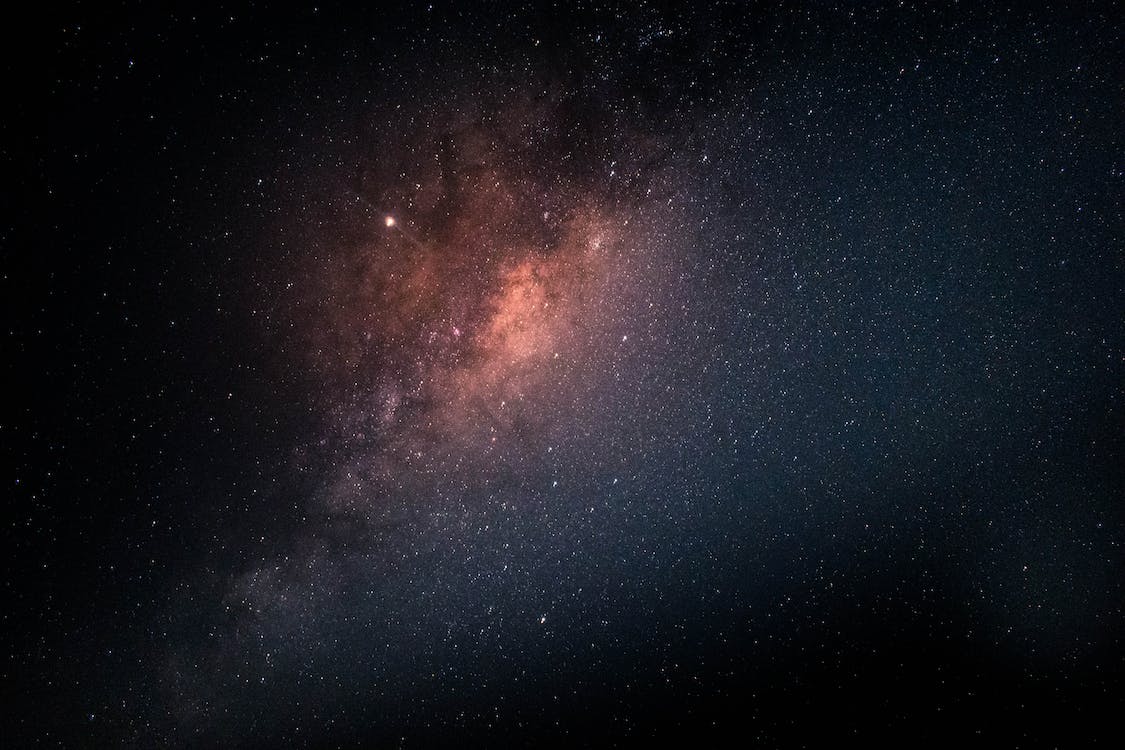Explore the Night Sky
Sky gazing, also known as stargazing or celestial observation, is the activity of observing and appreciating the celestial objects visible in the night sky. It is an ancient practice that has captivated humans for thousands of years, connecting us to the vastness of the universe and inspiring a sense of wonder and curiosity. The night sky offers a breathtaking display of celestial bodies, including stars, planets, galaxies, and other astronomical phenomena. Whether you're a casual observer or an avid astronomer, sky gazing provides an opportunity to explore and understand our place in the cosmos. The practice of sky gazing can be as simple as stepping outside on a clear night and looking up at the stars or as involved as using telescopes and other equipment to study celestial objects in detail. It offers a unique chance to witness the beauty of the universe and ponder the mysteries that lie beyond our planet.

